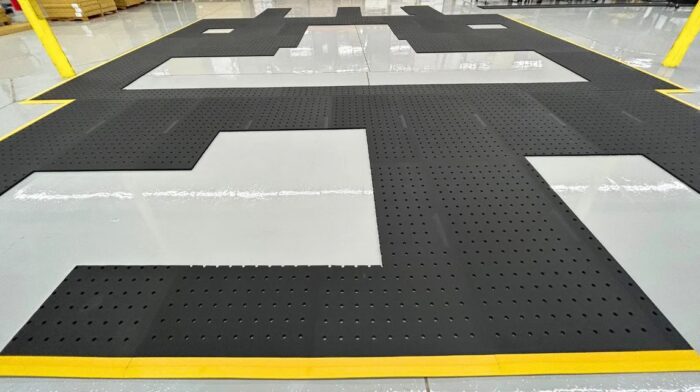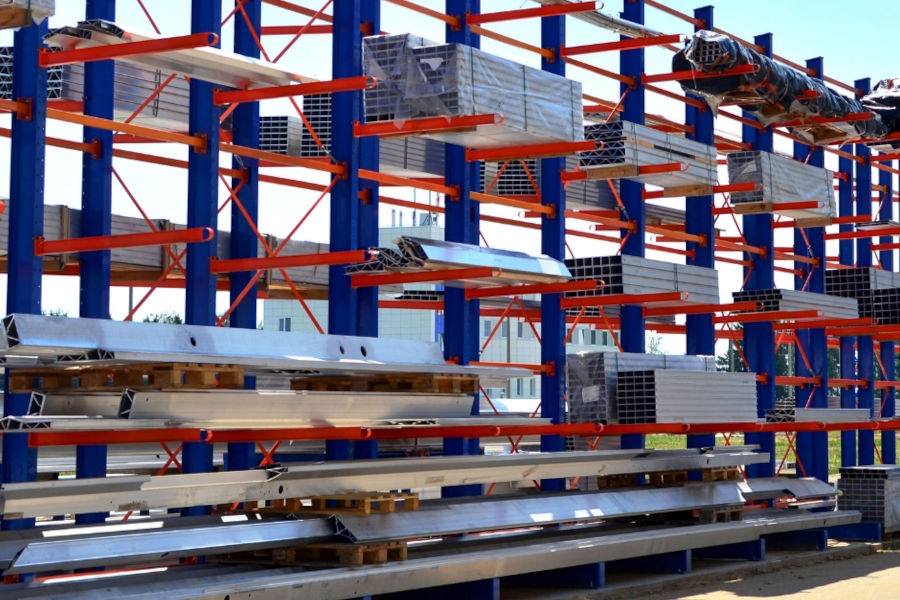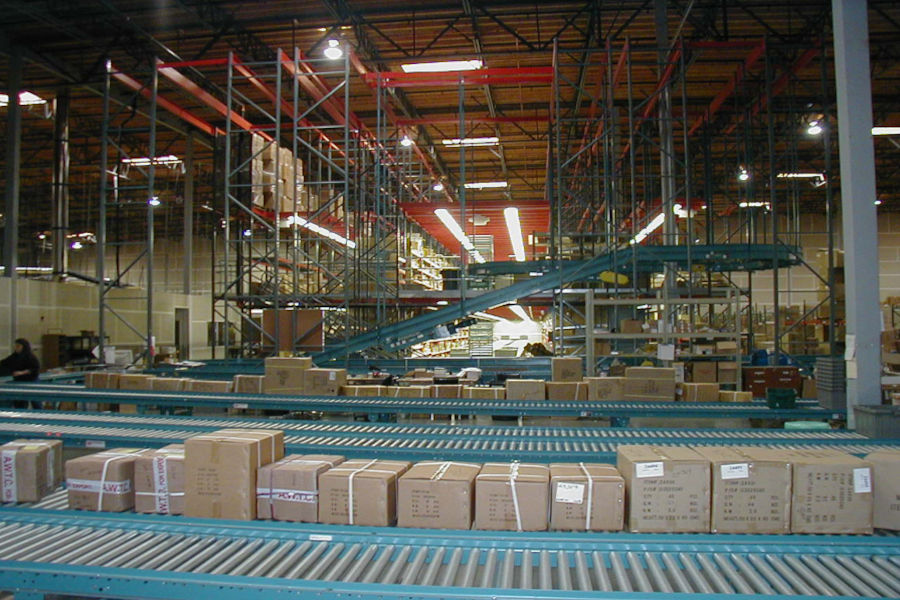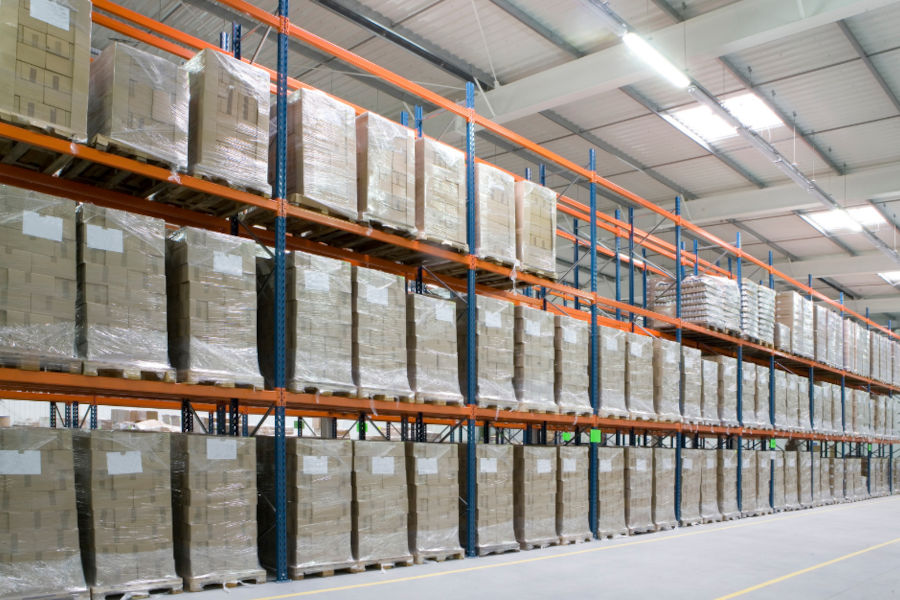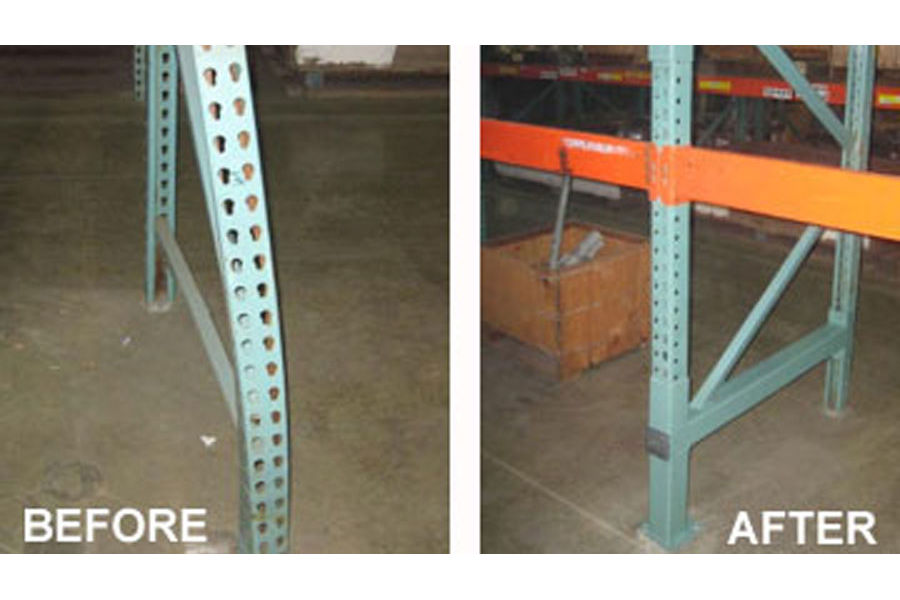COMFORT AND PRODUCTIVITY MADE EASY
Standing for long hours can lead to fatigue, discomfort, and a drop in productivity. Ortho Anti-Fatigue Mats offer a practical solution by providing ergonomic support that promotes comfort, safety, and performance throughout the workday. Here’s how these mats can make a difference in your workplace. Key Features of Ortho Anti-Fatigue Mats Ergonomic Design The hollow-domed […]
Continue reading

